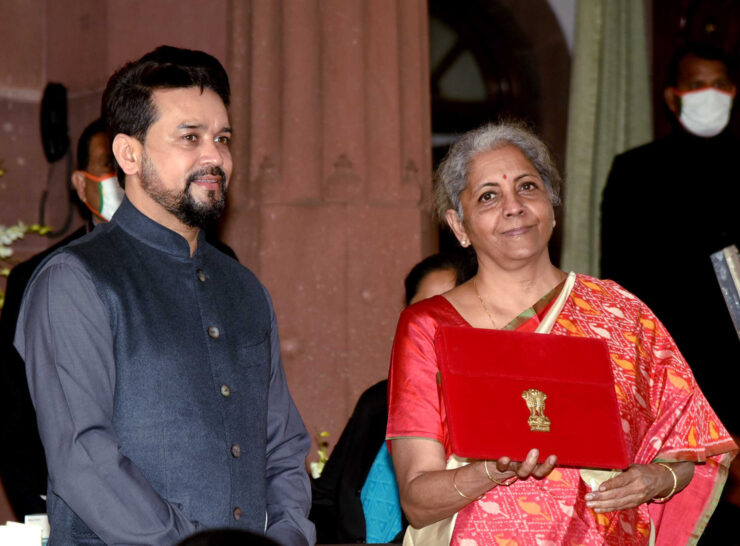It is often what is not in the Budget speech that gives a better insight into the government’s thinking. A quick look at some of them
As in every Budget these days, it is not what is said in the Budget speech but what is left unsaid that provides a lot of the insight. Finance Minister Nirmala Sitharaman’s third speech was hard to criticise – it was noticeably shorter than her last speech, it talked of a huge increase in healthcare, it introduced a new agriculture infrastructure cess, and it talked of jobs, infrastructure, human capital, inclusive growth and maximum governance with minimum government. All laudable objectives.
But there as also plenty of smoke and mirrors and some downright sleight of hand. The huge rise in health and welfare allocation was more an accounting trick to hide modest increases in various heads. By clubbing drinking water and sanitation spends, the FM was able to claim a 134% hike in healthcare allocation.
The other big thing sleight of hand that could have huge implications is the introduction of the agricultural infrastructure cess. The Budget documents make it clear that the burden to consumers may remain the same in many cases – in both fuel and imported alcohol, excise is being reduced and replaced by the agricultural infra cess. The explanation by the finance ministry is that this was necessary to create a separate, dedicated bucket for agriculture. What is does not also point out is that excise collections go into the divisible pool – and hence is shared with states according to the proportions laid out by the Finance Commission – but cess collected gets retained entirely by the centre.
It was the late Arun Jaitley who started using this as a favoured method while increasing central duties on fuel. This Budget is only taking it a step further by extending it to other areas.
While any Budget always talks about increased allocations in specific sectors, it rarely mentions where expenditure and allocations will be cut. This time, a big chunk of the cut comes in MNREGA allocations. If the economy improves sharply and construction activity takes off, this is unlikely to hurt. But if enough jobs do not get created for labourers this year because the economy remains subdued, the MNREGA allocation cut will hurt the poorest workers most.
The speech did not mention Defence – which was more than a tad surprising given the threat that China poses. Perhaps it was because once you have taken off the money going into salaries and pensions, there was actually fairly little allocated for capital expenditure of the armed forces.
The limit of FDI in insurance went up sharply – which was not at all surprising because it was opposed by the BJP when it was in opposition and Prime Minister Narendra Modi’s government does seem to introduce almost every proposal it had objected to before it won elections.
There is an ambitious target for disinvestment. It is a good step that the government is trying tor reduce its presence from sectors where it is fairly uncompetitive. How much of the price it gets and whether this is true privatisation and not just one PSU taking over another to help the government meet its disinvestment targets is yet to be seen.
Is this a good Budget? It is hard to judge that until all the details and fine print is examined closely. Till then, both euphoria and dismay should be kept in abeyance.










Add comment